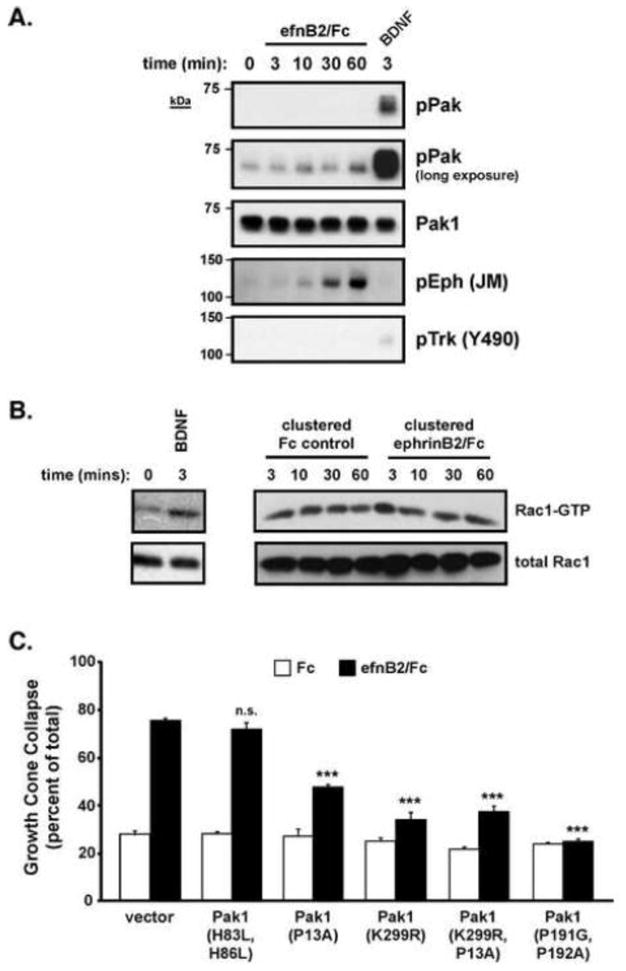Figure 5. EphrinB2-stimulated cortical GCC requires Rac/Cdc42-independent Pak1 kinase activity and Nck and PIX/COOL binding to Pak1.

(A) Cultured cortical neurons (E18) were stimulated with clustered ephrinB2/FC for 0, 3, 10, 30 and 60 mins or human BDNF for 3 mins. Total cell lysates were immunoblotted with anti-phospho-Pak1 (S198/S203), anti-total Pak1, anti-phospho-Eph (JM) and anti-phospho-Trk (Y490) antibodies.
(B) Cultured rat cortical neurons were stimulated with clustered ephrinB2/Fc or Fc control for the indicated times prior to performing GST-PBD assays. GST-PBD bound Rac1-GTP or total cellular Rac1 levels were assessed by Western blotting with anti-Rac1 antibodies. Data are representative of 6 independent experiments.
(C) Standard GCC assay of cultured cortical neurons (rat E18 + 2 DIV) transfected with a Rac/Cdc42-GTP binding-deficient Pak1 mutant (H83L/H86L), a Nck-binding deficient Pak1 mutant (P13A), a kinase-dead Pak1 mutant (K299R), a double Pak1 mutant (P13A/K299R), a PIX/COOL-binding deficient mutant (P191G/P192G), or a vector only control (***p<0.001, Two-way ANOVA, n=9 from 3 independent experiments).
